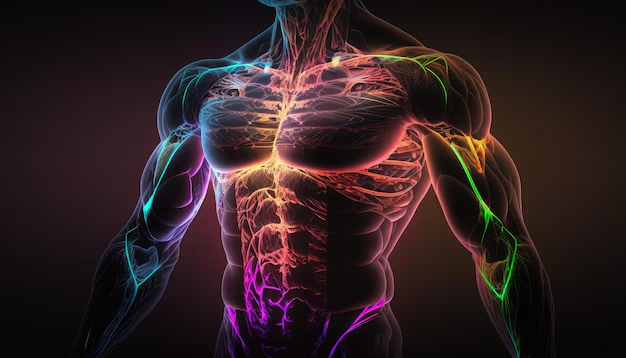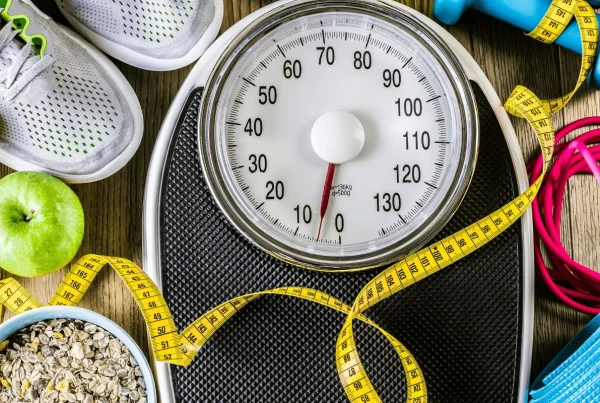Muscle imbalances happen when one muscle group becomes stronger or tighter than its opposing group. Over time, this can lead to poor posture, limited mobility, or even chronic pain.
Spotting these imbalances early can help you stay injury-free, move better, and train smarter.
Here are five common signs of muscle imbalance:
1. Uneven Strength
Do you notice one side of your body always feels stronger during workouts? If one arm, leg, or side consistently lifts more weight or performs more reps, this could be a sign of imbalance. Over time, this can limit your progress and increase injury risk.
2. Limited Range of Motion
Tight muscles from imbalances can restrict your joints. If you’re struggling to reach, bend, or stretch the way you used to — especially on just one side — it might be due to muscles pulling your joints out of alignment.
3. Poor Posture
Postural changes like rounded shoulders, a forward head, or a tilted pelvis often stem from uneven muscle strength or tightness. These subtle shifts can lead to long-term strain on your spine and joints.
4. Pain or Discomfort
Ongoing discomfort in areas like your lower back, knees, or shoulders could point to muscle imbalances. For instance, weak glutes and tight hip flexors can put extra pressure on your lower back during everyday movements.
5. Movement Compensation
If you notice one leg doing more work during squats or lunges, or one arm dominating a push-up, your body may be compensating for a weaker side. This uneven workload can cause stress on joints and lead to overuse injuries.
Final Thoughts
Muscle imbalances are common — but they don’t have to be permanent. The first step is awareness. If you suspect an imbalance, consult a certified trainer or physical therapist for a proper assessment and corrective plan.




